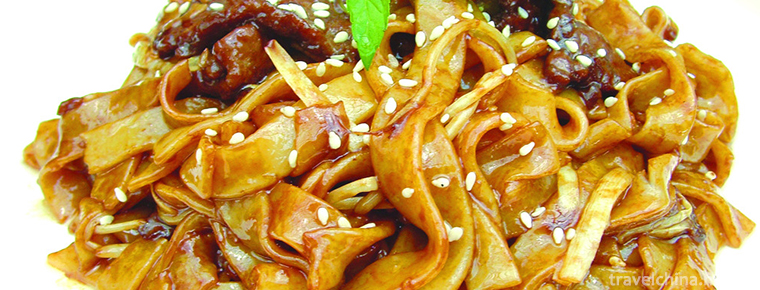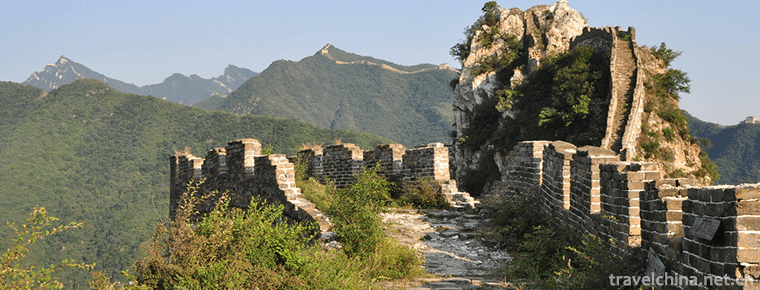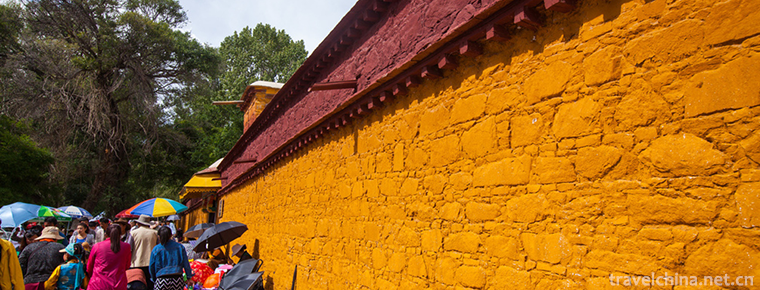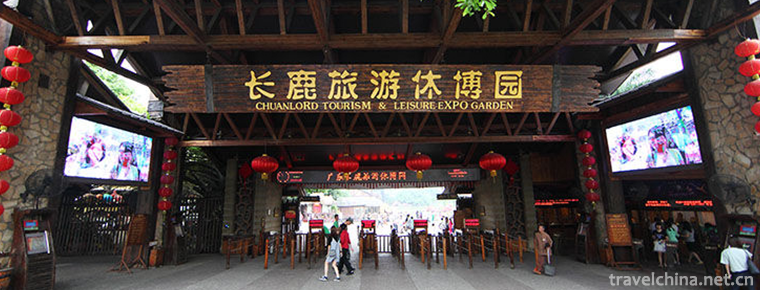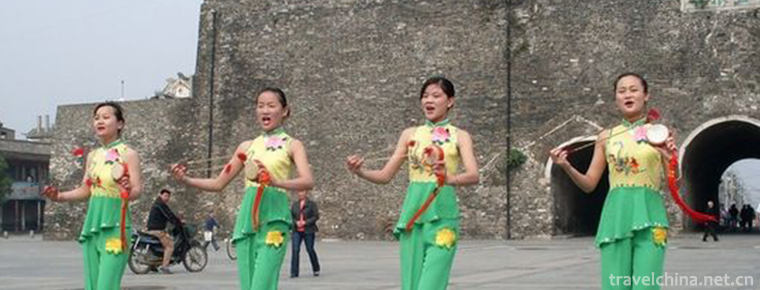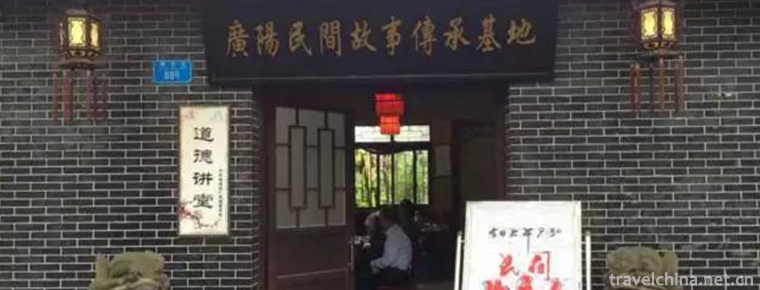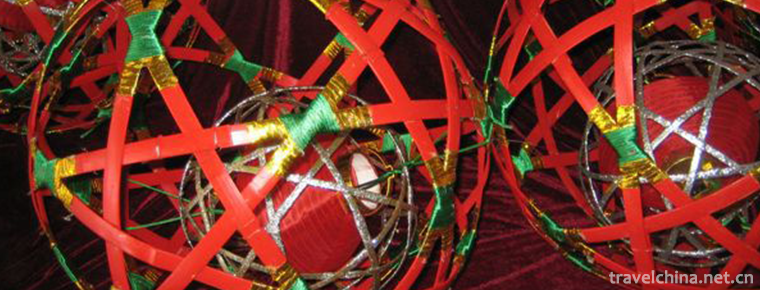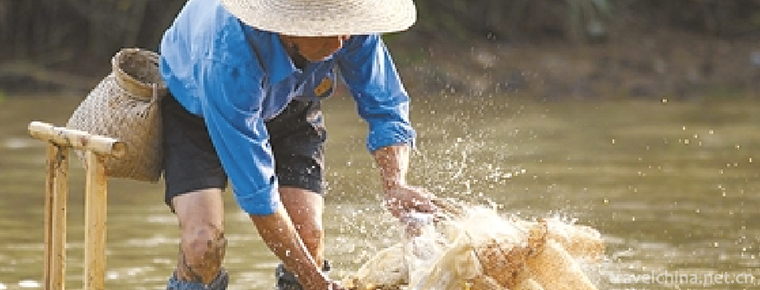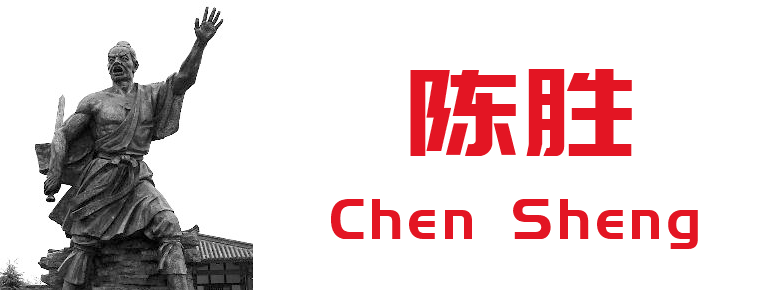Kazakh Karakol Leha
Kazakh Karakol Leha
Kazakh Kara Kolkha is a traditional dance of Kazakh nationality, which is spread in Yili, Xinjiang.
On May 23, 2011, Kazakh Karakol Kazakh was listed in the third batch of national intangible cultural heritage list with the approval of the State Council.
Legends of origin
Kalakolha is an ancient dance, about its origin, there is a legend in the Kazakh people: long ago, there was a Kazakh young man on the grassland, found a group of wild horses, he waved a rope to tie a very tough black wild horse. The young man went through all kinds of hardships and finally domesticated it into a good walking horse. When he returned home on a black horse, the villagers came to congratulate him on the news. The delighted young man danced and proudly and humorously simulated the whole process of capturing and domesticating the black horse with various movements. His vivid description and vivid performance made the villagers fascinated. Everyone listened to the young man's wonderful story and imitated his various movements of dancing and dancing. People immersed in joy danced and danced like this. Unconsciously, the people of the whole town jumped up with their own different dancing postures, imitating the action of the black horse. From then on, the Kazakh folk dance, which takes horse riding as the theme and expresses the vigorous posture of the steed galloping on the grassland, has spread.
Introduction to nouns
"Kazakh" is a Kazakh language, meaning "black walking horse". It was originally a simple body dance used by Kazakhs to imitate the walking, running and jumping postures of horses. It gradually evolved into a synonym of Kazakh folk dance. Performers often blend various movements with strong characteristics of labor and life into dance, making the dance content of "Kazakh" more abundant. Rich and diverse.
Style and characteristics
Karakol Leha: It is the most representative folk dance of the Kazakh people. Kazakh is Kazakh, meaning "black horse". The horse is an indispensable tool and partner in Kazakh life, and the "black walking horse" is the most important thing in the horse. It has a strong image, a bright black body, a steady and powerful walking pace, a graceful posture, and the sound of hoofs is like a clang drum. Riding on a black walking horse is like entering an artistic realm. People are dancing while horses are dancing. The male's movements imitate the walking, running, jumping and jumping postures of the black walking horse, and display a rugged, bold and bold style in a relaxed rhythm of the whole body. Women's movements are graceful, stretching, lively and implicit, such as showing the beauty and pride of the girl's "flower praise", peeping at the lover's "shy peep", looking forward and backward "skirt hanging flowers" and so on. These movements of men and women contain specific contents, which are integrated with the performer's inner feelings and humorous facial expressions, and can be freely developed according to the dancer's own level, constantly adding new contents and actions. Caracolla Leha is accompanied by music of the same name. This kind of music has a strong sense of rhythm, lively and lively, and its melody is like a steed galloping on the grassland. It is played by Dongbula, a traditional instrument of Kazakh nationality, and changes its rhythm according to the speed of dance.
Protection status
Since 1986, Kazakh Karakol Leha has been paid attention by professional groups, and its dance movements and music have been further improved. With the gradual implementation of the national policy for the protection of intangible cultural heritage, a project to excavate and protect the original ecological intangible cultural heritage is also in full swing throughout the state. Kazakh dance in Ili, which has a deep historical origin, cultural accumulation and broad mass base, has attracted the attention of the state, government departments at all levels and the public. "Black Walking Horse" was summoned from the quiet and remote mountains, and entered the vision of the broad audience, becoming a cultural wonder that integrates artistry and popularity.
On May 23, 2011, Kazakh Karakol Kazakh was listed in the third batch of national intangible cultural heritage list with the approval of the State Council.
Influence
In 2010, Karakol Leha entered the third batch of National Intangible Cultural Heritage Representative works. For a time, there was a rising "black-horse" fever in the urban and rural areas of Yili. Whether in the vast grassland with green grass, or in the plaza with laughter and laughter, or in the campus where the students seek knowledge and study, we can see the "black walking horse" dance posture which is light, vigorous, vigorous, graceful, stretching, lively and implicit. On August 30, 2009, 10,000 people danced together in Qinghe County, which set a world record of Guinness in Shanghai. In order to continue to carry forward Kazakh, a traditional fine folk art, and further strengthen the protection of intangible cultural heritage, Qinghe County decided to designate August 30 as the Kazakh "Kala Kok Leha Festival".
In order to carry out "student sunshine sports" extensively and ensure that students exercise for one hour every day, the education system of Xinyuan County takes Kara Korlaha as a highlight of school art education. During the big classes, students of all ethnic groups danced with the happy and smooth instrumental music and the bright melody of Kazakh. The huge lineup, magnificent momentum, exquisite dancing skills and graceful dancing postures make the rough, drastic, robust and bold style of the "black walking horse" vivid, vivid, incisive and shocking.
On January 26, the Autonomous Prefecture held a seminar in Calagorah. At the meeting, seven experts read out relevant papers, and the paper "Dance of History 2000" read by Asen Kumar of the Xinjiang Academy of Social Sciences aroused great repercussions. The old experts, such as Karimu Abdurehman, put forward their own views on the current situation and existing problems of Kazakh dance development, and appealed to everyone to excavate Kazakh folk dance represented by Kazakh Kolkha, absorb nutrients from the folk, create dances that accord with Kazakh people's aesthetic habits and life interests, and further enrich the dance vocabulary of Kazakh Kolkha. Music and lyrics.

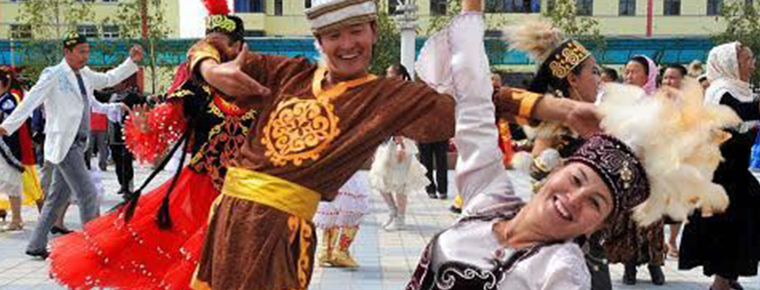
-
Dry fry rice noodles with beef
Dry fried beef river is a Cantonese dish made from materials such as sprouts, river meal and beef. One of the traditional snacks in Guangdong.
Views: 293 Time 2018-11-14 -
Xiangshui lake the Great Wall
Xiangshui Lake is another unique and beautiful tourist attraction in the suburbs of Beijing. Located in the west of the Great Wall of Huairou Mutianyu.
Views: 443 Time 2018-12-10 -
Luo Bu Lin Ka Roblinka
Roblinka is a national key cultural relic protection unit, located in the western suburbs of Lhasa, Tibet. Founded in the 1840s (Dalai VII), the Dalai Lama's summer administration place is a typical T.
Views: 186 Time 2019-02-06 -
Changlu Tourist Xiubo Garden Scenic Area
Changlu Tourist Xiubo Park, or Changlu Environmental Resort Farm (hereinafter referred to as "Changlu Farm"), became the national 5A scenic spot in November 2014. It is the only national 5A .
Views: 204 Time 2019-03-17 -
Steamed egg with sand
Steamed eggs with ginseng sand is a traditional Chinese medicine, which has the effect of invigorating qi, nourishing blood and soothing the mind..
Views: 158 Time 2019-03-24 -
Fengyang folk songs
Fengyang folk song is a traditional folk song in Anhui Province. Fengyang folk song in Fengyang flower drum is one of the important components of Fengyang folk song.
Views: 207 Time 2019-04-29 -
Folk Stories in Guangyang Town
"Guangyang Folk Stories" is the general name of folklores and stories widely spread in Guangyang Town. Guangyang folk tales are popular in the local area..
Views: 189 Time 2019-05-01 -
Yuhang Rolling Lamp
Yuhang Rolling Lamp is a kind of Han folk dance which combines athletics, martial arts and dance. It is made of bamboo pieces of large sphere as the main props, in the center of the sphere of bamboo k.
Views: 149 Time 2019-07-14 -
Custom of mud fish
The custom of filling mud fish is a local traditional handicraft with a long history in Guangdong Province. It combines traditional handicraft weaving and fishing skills. However, even in Doumen, the .
Views: 125 Time 2019-08-10 -
Chen Sheng
Chen Sheng? In the first 208 years), Yangcheng (now Southeast of Dengfeng, Henan) To talk about southwest of Shangshui County in Henan today People. One of the leaders of the peasant uprising in the l.
Views: 209 Time 2019-09-07 -
Geographical environment of Mianyang
Mianyang City is located in the northwest of Sichuan Basin, in the middle and upper reaches of Fujiang River, bordering Qingchuan county and Jiange County of Guangyuan City in the East, Shehong city and Daying County in Suining City in the south, Luojiang.
Views: 324 Time 2020-12-14 -
Meishan secondary industry
By the end of 2019, there were 596 Industrial Enterprises above Designated Size, and the added value of industries above designated size increased by 9.8%. In the whole year, 82 kinds of products from industries above Designated Size participated in the statistics,.
Views: 317 Time 2020-12-18
